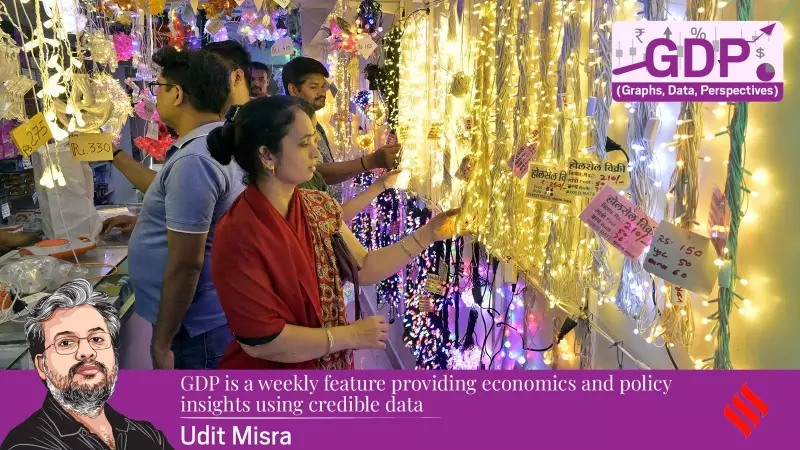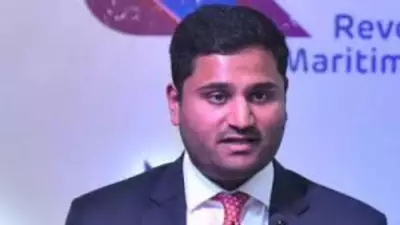
A significant transformation in India's fiscal landscape is approaching as the current system for distributing Goods and Services Tax (GST) revenue among states faces potential overhaul in 2026. This change could dramatically alter the financial fortunes of various states, creating clear winners and losers in the process.
The Current System and Its Sunset Clause
Since the landmark implementation of GST in 2017, states have been protected by a crucial safeguard: compensation for any revenue shortfall below 14% annual growth. This safety net, however, is set to expire in June 2026, coinciding with the end of the 16th Finance Commission's term.
The existing revenue distribution formula has created distinct patterns of dependency. States like Punjab, Himachal Pradesh, and Uttarakhand have become heavily reliant on GST compensation, with these transfers constituting a substantial portion of their total revenue collections.
The Emerging Fiscal Divide
Recent data reveals a growing disparity in state financial health. While some states have demonstrated robust revenue growth, others continue to struggle with significant shortfalls. This divergence is creating a complex challenge for policymakers who must balance equity with efficiency in revenue distribution.
What Changes Are Expected?
The 16th Finance Commission faces the formidable task of redesigning the revenue sharing framework with several critical considerations:
- Population Metrics: Potential shift from 1971 census data to more recent demographic information
- Performance Indicators: Incorporation of state-level efficiency and reform implementation
- Fiscal Responsibility: Rewarding states that demonstrate better financial management
- Development Parameters: Addressing the needs of both developed and developing states
Potential Winners and Losers
States with younger demographics and stronger economic growth trajectories could benefit significantly from formula changes. Conversely, states that have depended heavily on the compensation mechanism may face substantial budget challenges unless they rapidly improve their revenue generation capabilities.
The Road Ahead
As the 2026 deadline approaches, state governments are already positioning themselves for the upcoming negotiations. The final formula will need to balance multiple competing objectives: rewarding fiscal performance while ensuring adequate resources for development needs across all states.
This impending change represents more than just a technical adjustment in revenue distribution—it could fundamentally reshape fiscal federalism in India for years to come.





